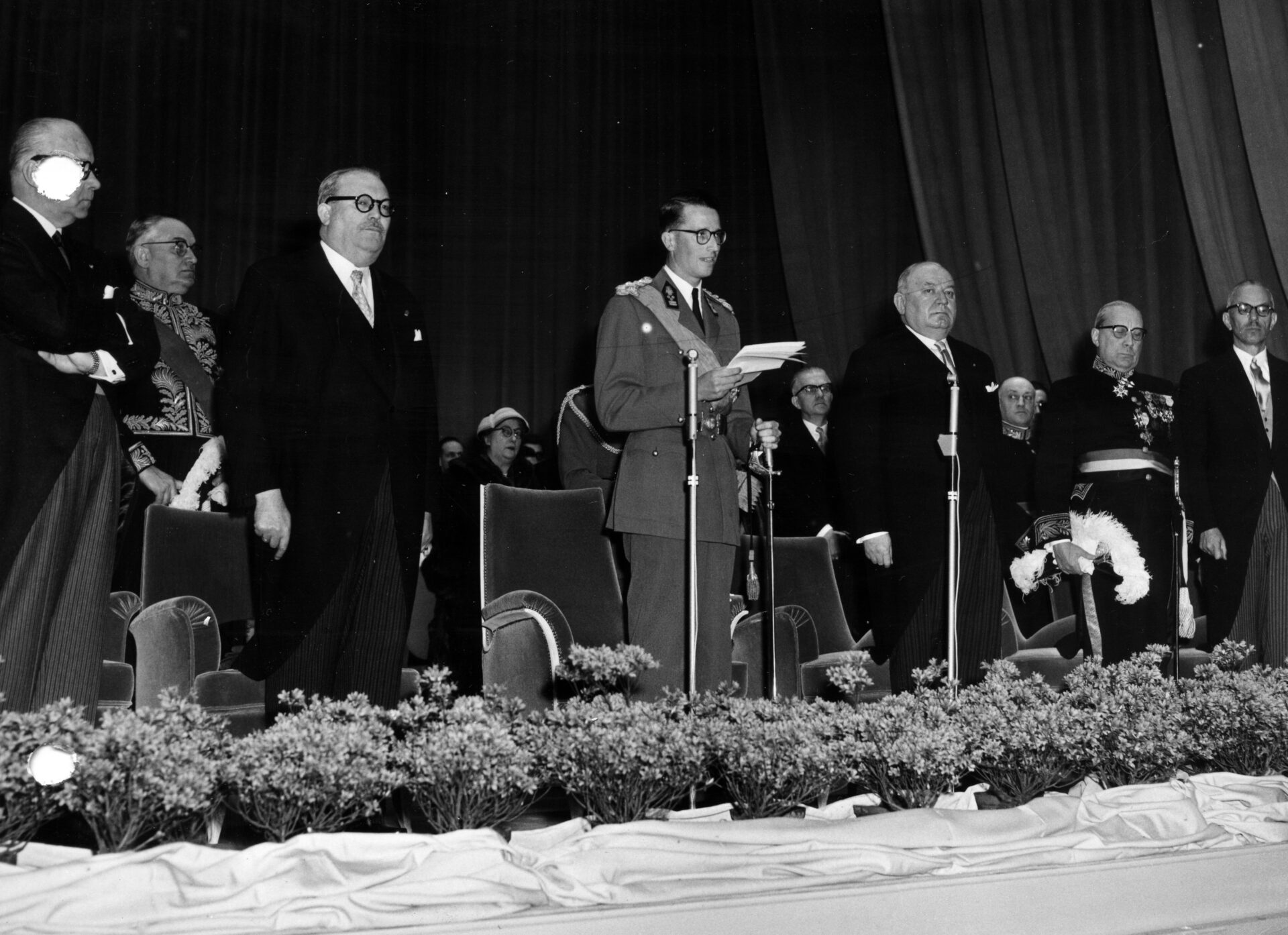On this day 65 years ago the 1958 Brussels World's Fair, more commonly known as Expo 58, opened to the public at the Heysel site to the north of the Belgian capital, the first World's Fair to be organised since World War II.
Open to the public until 19 October 1958 it was an immense success, recording some 41.45 million admissions. By comparison, the entire population of Belgium as of 2020 was 11.5 million. This marked the fifth time Brussels hosted such a fair (it also did so in 1888, 1897, 1910 and 1935).
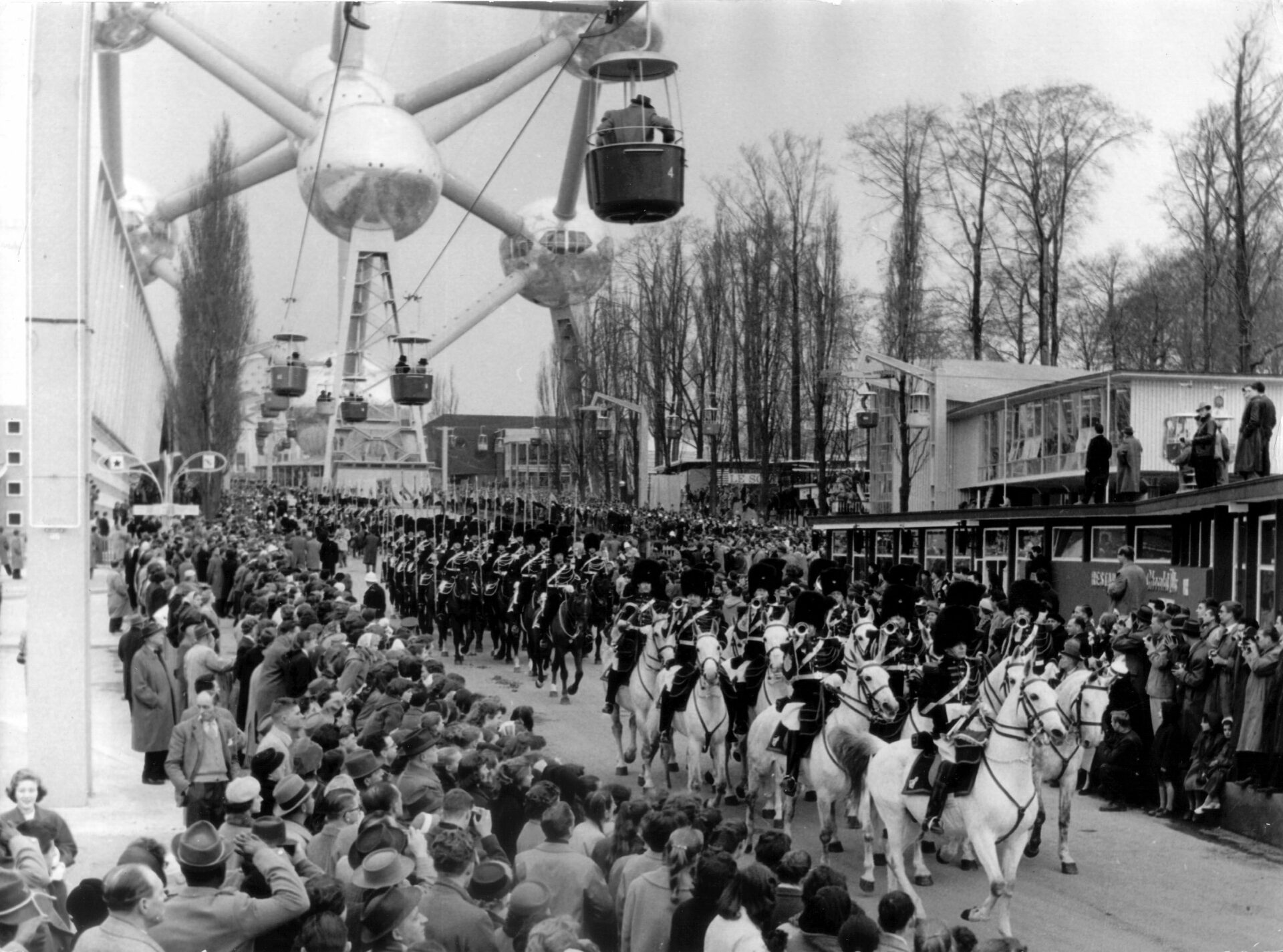
The inauguration ceremony on 17 April 1958. The occasion was marked by a procession of the police horse guards. Credit: Belga
The large event carried the slogan "a world for a better life for mankind". It showcased Belgium and 44 countries across more than 100 national and commercial pavilions, aiming to present a state of the world.
The various pavilions sought to convey a message of limitless optimism and reflected society's hopes for a better future, based on faith in technical and scientific progress that was being made. Many exhibitions at the Expo provided evidence that technology and science would provide salvation for humanity.

The USA pavilion at Expo 58. Credit: Belga
However, the celebration displayed undercurrents of future geopolitical tensions, reflected in the symbolic confrontation of the Soviet Union and the US pavilions located at the foot of the Atomium. The Soviet pavilion showcased the first satellite in space, Sputnik, while the American pavilion presented an image of the American Dream, consumer society and a comfortable lifestyle.
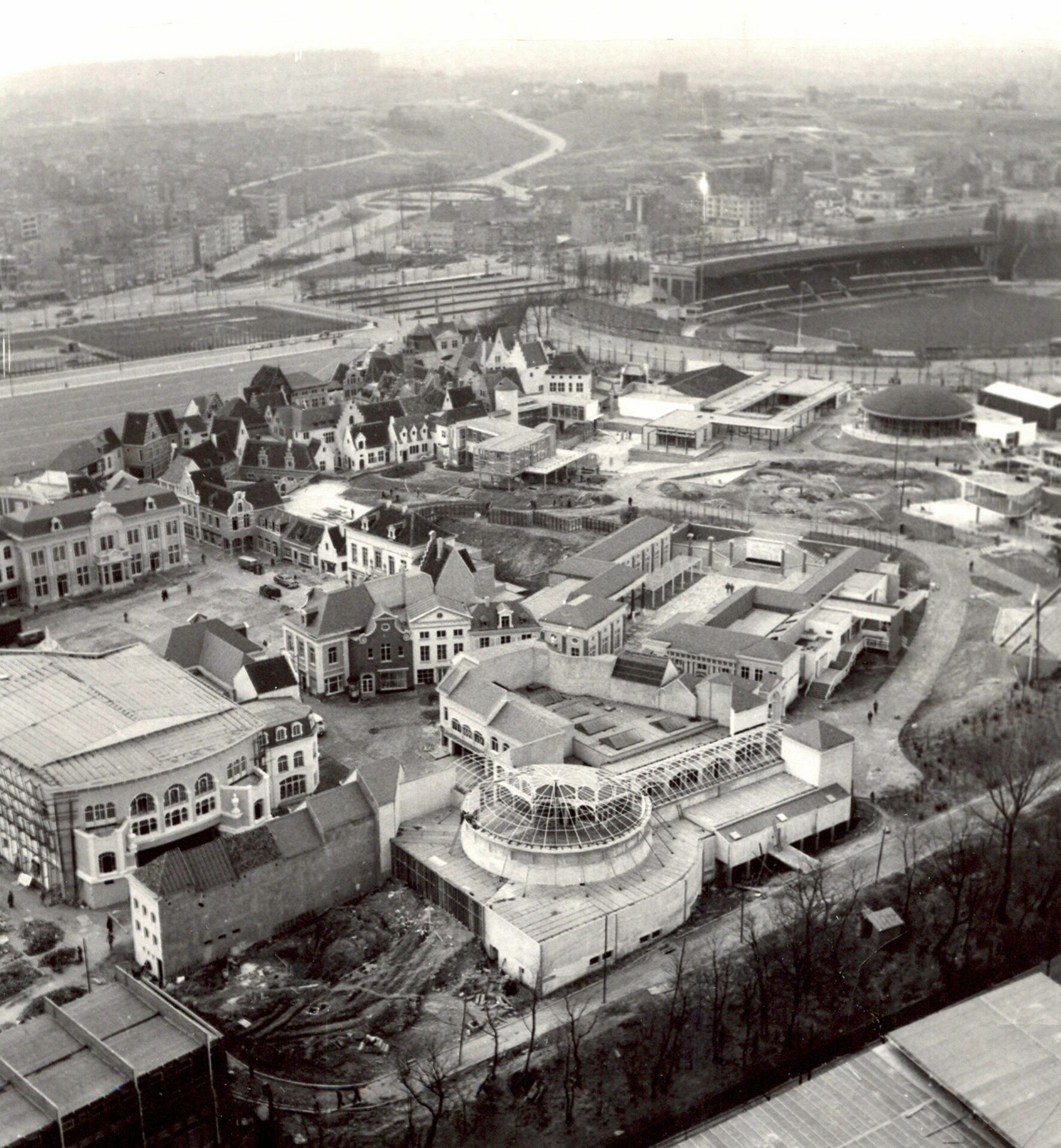
An aerial view of the Expo 58 site. Credit: Belga
For many, especially those living in Belgium at a time when travelling abroad was still rare, it was also the first time they were exposed to new technologies from abroad, such as colour television which was showcased in the American pavilion.
To host such a big event, Brussels was transformed and adapted to the needs of the aeroplane and car: urban motorways were built and an airport at Zaventem. A new tramway railway was also opened to facilitate circulation to Expo 58 from the city centre.
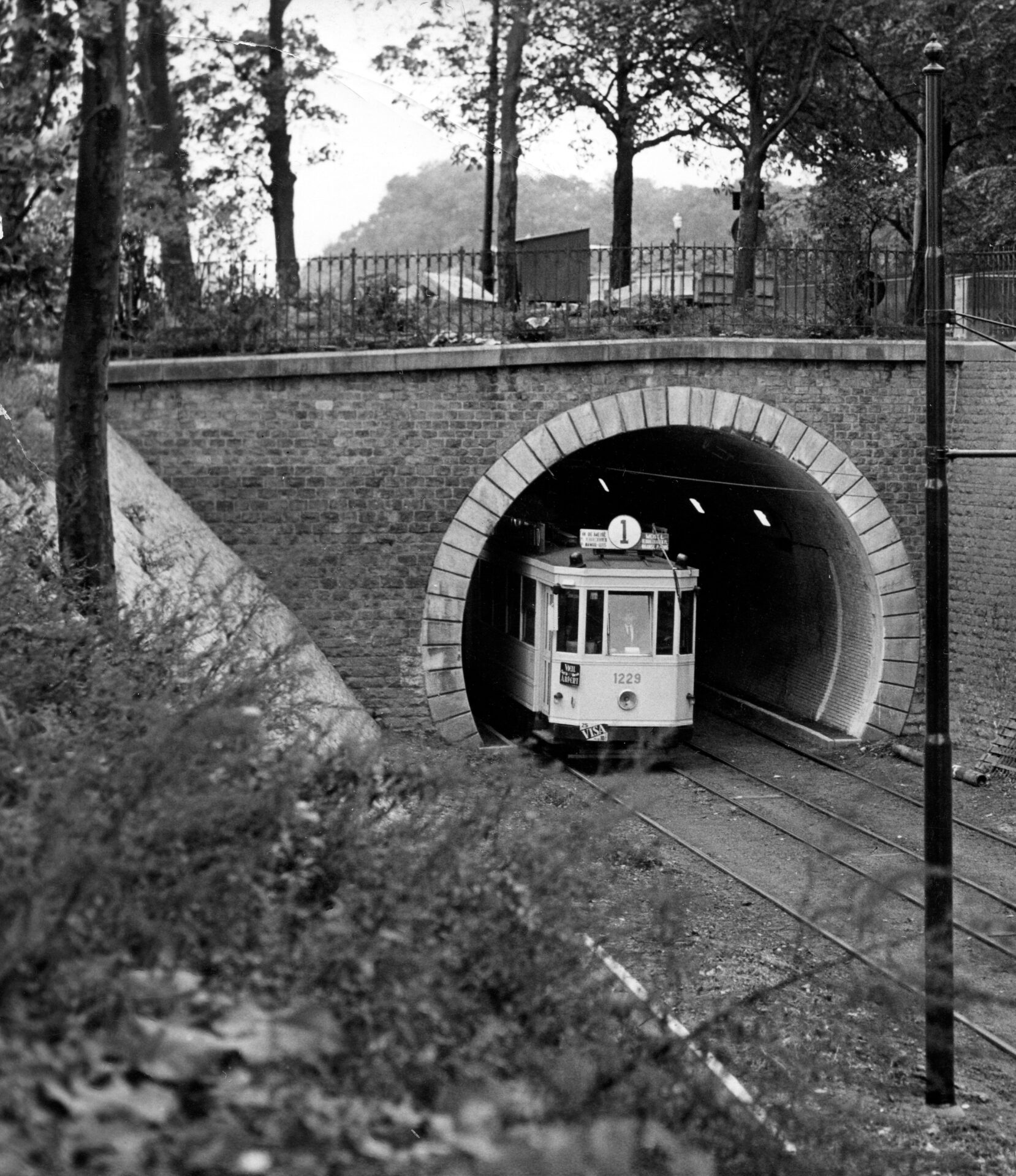
Credit: Belga
The Atomium – to this day Belgium's most popular tourist attraction – was built for the Expo and mirrored the engineering exploits of the time. It was only supposed to stand for six months, as long as the Expo lasted.
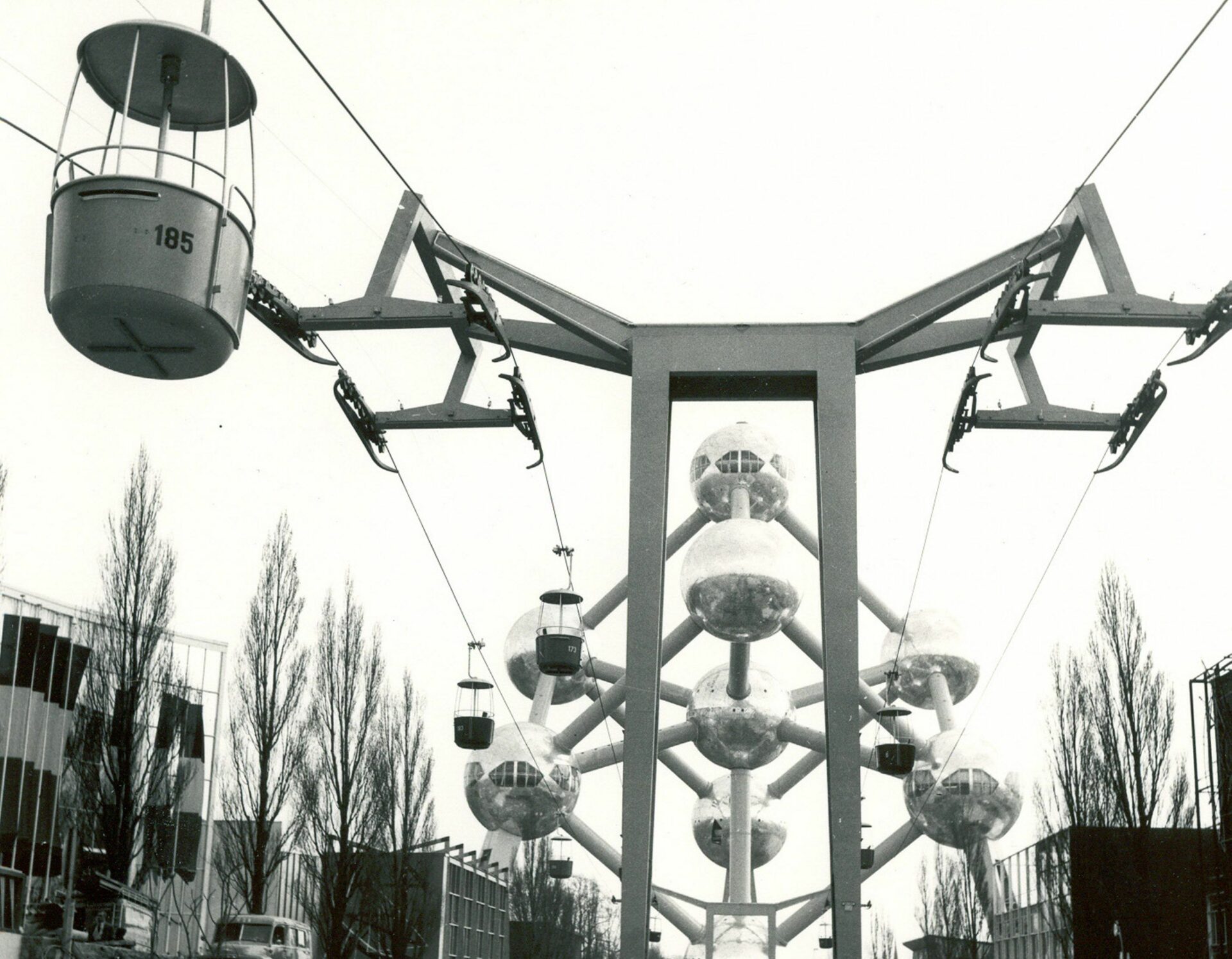
Credit: Belga
Virtually all other buildings were demolished or moved once the Expo closed doors on 19 October, but the Atomium was finally not razed and instead remained permanently. But as it was not built to exist in perpetuity the structure was completely renovated between 2004 and 2006.
It also houses a permanent exhibition retracing over 60 years of history of the Expo 58.
The Expo's darker side
While many of Expo 58's achievements are looked upon with fondness, one exhibit has not aged well, namely the display of Congolese people in “native conditions" – known at the time as the "human zoos".
Despite seven people dying during their stay for the 1897 exhibition, and at a time when the international context was evolving towards the end of European control of the colonies, Belgium still constructed seven "Congo" pavilions, which were dedicated to the themes of mining in Congo, its arts, transport and agriculture, but also housed the world’s last “human zoo."
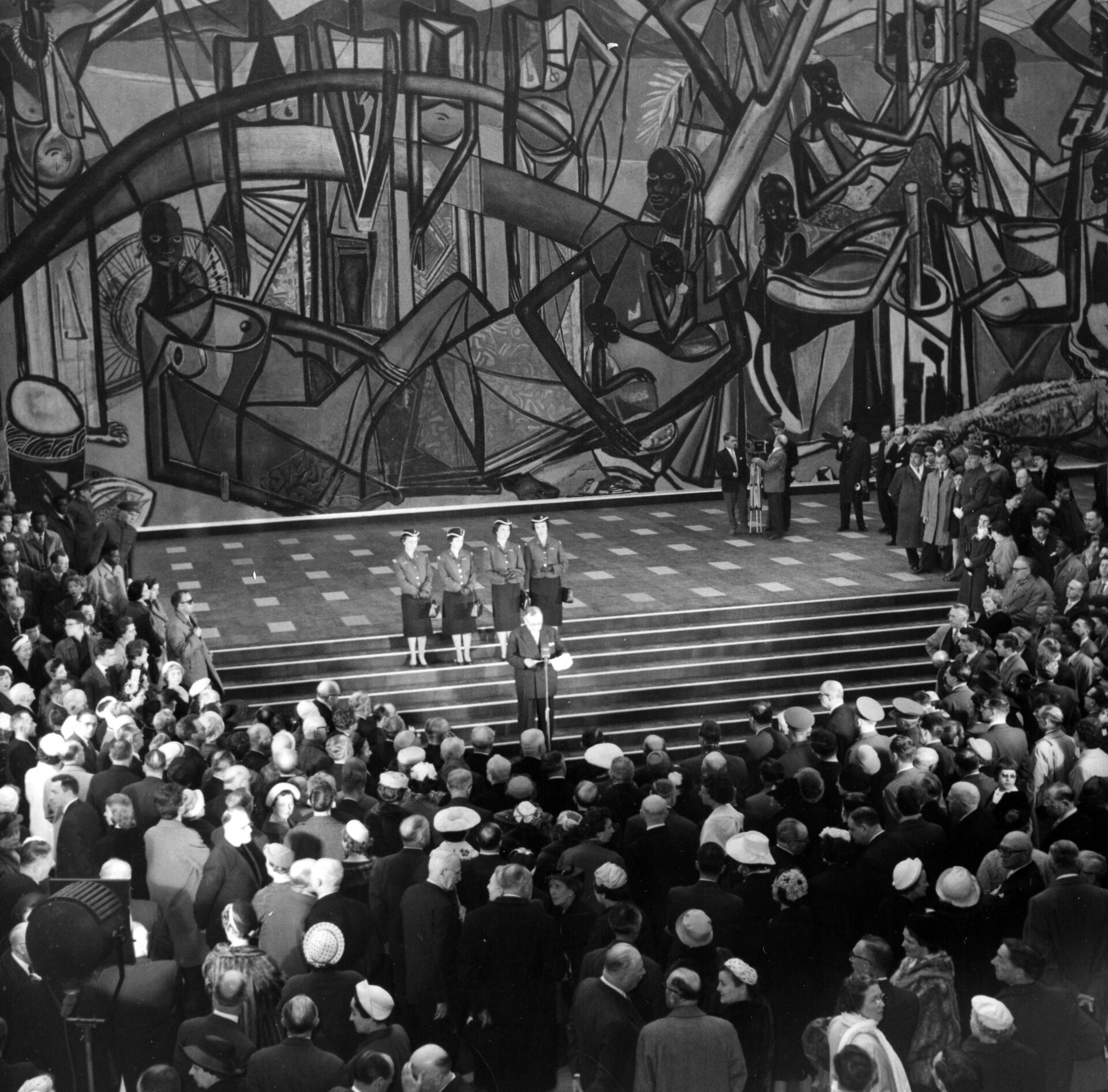
Auguste Buisseret Minister of Colonies during the inauguration of the Congo pavilion/ Credit: Belga
Belgium still ruled Congo and saw the Expo as an ideal opportunity to showcase the wealth of Congolese goods and artefacts that the colonisers had taken. A “typical” village was set up in its tropical gardens, with Congolese men, women and children put on show day after day while white visitors stood ogling.
Belgium's use of the Expositions to win public support for colonialism is further explored by ‘Style Congo. Heritage & Heresy’, a new exhibition at CIVA, the Brussels region’s modern architecture museum.


